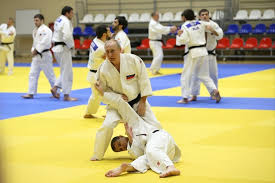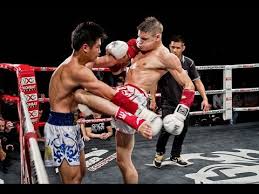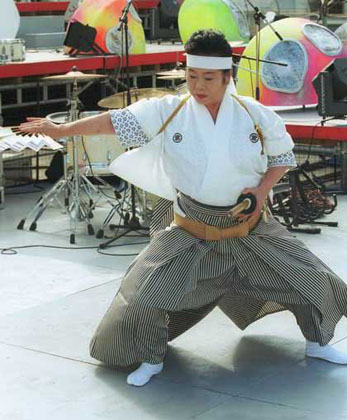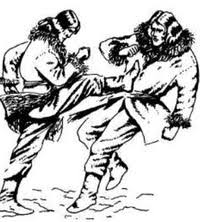KICKBOXING (part 2)
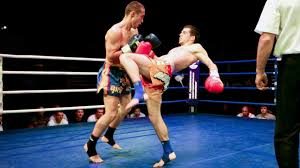 RULES AND COMPETITIONS.
RULES AND COMPETITIONS.
In the beginning, kickboxing rules did not exist as such. Any punches and kicks, sweeps, steps, grabs and throws were allowed. There was also no division into weight categories. Gradually, with the development of kickboxing, clear rules were formed, according to which throws, grabs, as well as blows with elbows and knees were prohibited. The so-called “Rule of 8 strokes” (currently the “Rule of 6 strokes”) was introduced, according to which the athlete must inflict at least eight (six) kicks in one round. The appearance of this rule is due to the fact that many boxers, having switched to kickboxing, did not work at all with their feet, which, according to the organizers of the competition, contradicted the essence of the new sport and significantly reduced its entertainment. In modern kickboxing, weight categories have been introduced: from ultralight to heavyweight.
Currently, kickboxing competitions are held by several organizations, including the founder of such events – the International Federation of Professional Karate (VPKO), created in 1968. Over time, kickboxing has been divided into amateurs and professionals. The activities of professionals are regulated by organizations such as PKA (Professional Karate Association) and CKA (World Karate Association). The largest of the kickboxing organizations is WACO (World Association of Kickboxing Organizations). Now it consists of representative organizations from 89 countries. VAKO conducts competitions both among amateurs and professionals. Amateur World Championships are held every two years, as are European Championships. In both cases, the champion is determined by the Olympic system. Competitions of kickboxers-professionals are held according to an arbitrary “chronological scheme”, according to the rating system, adopted also in professional boxing. The athlete must conduct several rating fights. Depending on the number of fights and victories won, he receives an appropriate rating. A fighter with a high rating is declared a contender for the title of world champion in his weight category (according to the organization conducting the championship). Then a fight is held between the challenger and the current champion. If the applicant wins, he is declared the new world champion.
Special equipment was developed for kickboxing: gloves on the hands, shields on the legs, protectors on the feet (feet), helmet, mouth guards, and for kickboxers-girls also special protectors on the chest. (The gloves used in kickboxing were originally leather pads that left the athlete’s fingers free, which allowed for grabs and throws, but with the introduction of the prohibition, standard boxing gloves began to be used.) In amateur kickboxing, the use of protective equipment is mandatory. In professional kickboxer fights, only gloves, inguinal shells and mouth guards are required. They basically do not use helmets, and the “protection” for the legs is used by mutual agreement of the participants in the fight.
Kickboxing fights are held in the boxing ring. Men perform naked to the waist: in shorts or special pants, girls in T-shirts and shorts. Amateur fights are held in three rounds of two minutes. Rating fights of professionals, as a rule, last 6–8 rounds (two minutes each), fights for the champion title – 12 rounds.
